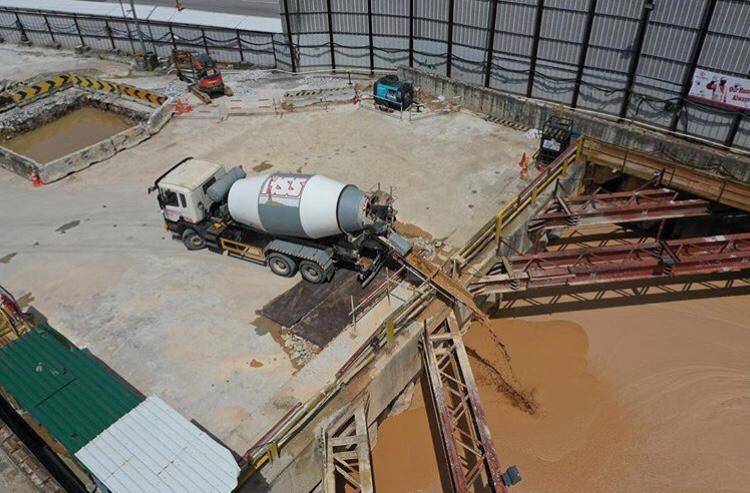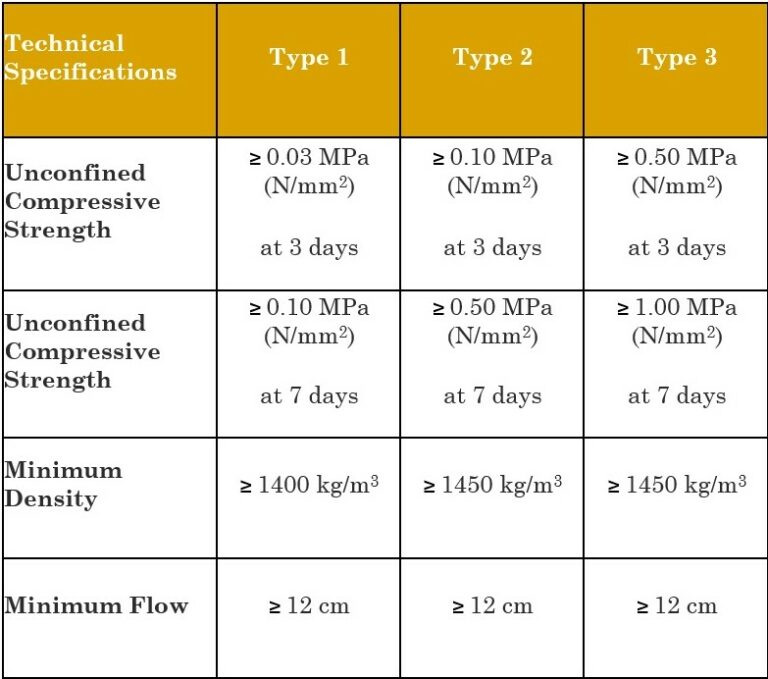What is Liquefied Stabilized Soil (LSS)
Liquefied Stabilized Soil (LSS)
Liquefied Soil Stabilization is one of the most widely used technologies in Japan to re-cycle earth generated from construction projects. This process produces Liquefied Stabilized Soil (LSS), which is also known as Controlled Low-Strength Material.
- A mixture of Soil, Sand, Cement, Water and others.
- A self-compacting material which is used as a backfill material in lieu of compacted fill.
- Easy placement of Liquefied Stabilized Soil without compaction in confined spaces and excavation areas, as the flowable material is self-levelling and self-compacting.
- Delivered by ready mix truck. Conventional methods like chute, bucket, concrete pump or stationary pump can be used.
Advantages
Reduction in Labourers and Machineries.
LSS is flowable and does not need to be compacted.
High productivity in backfilling progress.
When using LSS as a backfilling material, backfilling may be complete in a single cast. However, in conventional soil compacted fill method, backfilling of soil is done in layer (subject to weather conditions). Each layer has to pass the compaction test before backfilling another new layer and this process can be very time consuming.
Low Permeability.
LSS have permeability range of 10-8(m/s).
Safety & Low Risk.
There are various danger, health hazards & risks when backfilling in confine spaces / areas with manpower and machineries. Using LSS is a safer method compared to soil compacted fill as manpower is greatly reduced or not needed.

Applications
– Bore Pile – Above cut-off level / backfill collapsed pile.
– Diaphragm Wall – Above cut-off level.
– Soil improvement / ground improvement.
– Backfilling at confined area / space.
– Backfill tunnel / shaft.
– Protective layer on waterproofing membrane.
– Backfill material for abandoned sewage pipes.
Type Of Products

Technical Specifications | Type 1 | Type 2 | Type 3 |
Unconfined Compressive Strength | ≥ 0.03 MPa (N/mm2) | ≥ 0.10 MPa (N/mm2) | ≥ 0.50 MPa (N/mm2) |
at 3 days | at 3 days | at 3 days | |
Unconfined Compressive Strength | ≥ 0.10 MPa (N/mm2) | ≥ 0.50 MPa (N/mm2) | ≥ 1.00 MPa (N/mm2) |
at 7 days | at 7 days | at 7 days | |
Minimum Density | ≥ 1400 kg/m3 | ≥ 1450 kg/m3 | ≥ 1450 kg/m3 |
Minimum Flow | ≥ 12 cm | ≥ 12 cm | ≥ 12 cm |
Q: What are the differences between the products?
A: Type 1 achieves the lowest unconfined compressive strength and Type 3 achieves the highest unconfined compressive strength.










